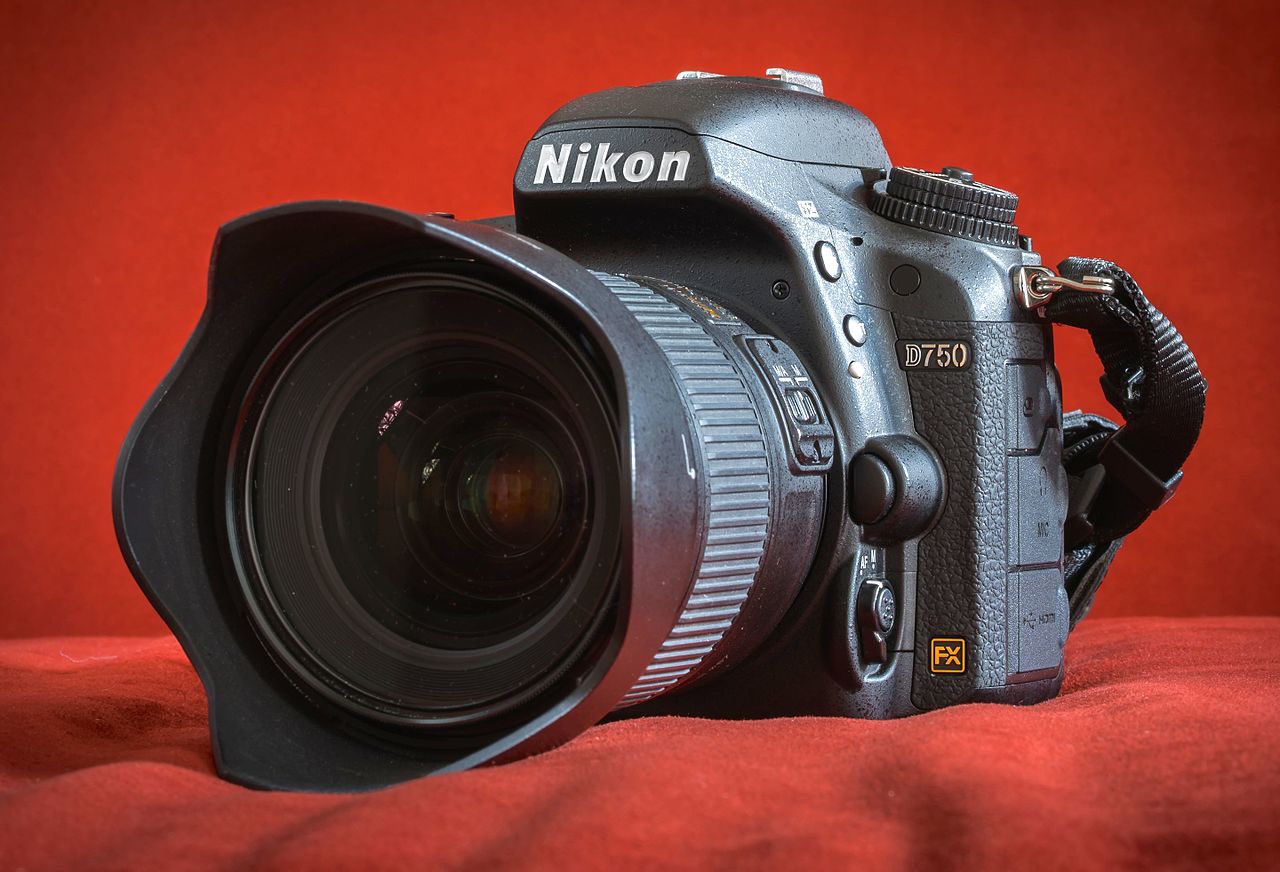Doing requirements engineering with oneself is a little bit strange. But as there are so many camera offerings in the market it is nearly impossible to pick and choose right away. Buying my first Nikon in the 90s was much easier!
Overall, I see three very distinct use cases taking pictures:
- Capturing snapshots while traveling with my family or alone; Taking family & friends pictures right away. This requires a camera that is always with me – like my mobile phone. But I expect better picture quality! Here I want a small camera I can use just with one hand, have in my pocket or laptop bag always with me.
- Hunting for „serious“ pictures as a hobby; This can be landscape, perfect people portraits, capturing the real athmosphire of a special event, macro pictures, HDR experiments, time-laps movies, and anything new that is coming up. This is a camera where I can control everything well. Clear viewfinder, two hands around a camera-lens equipment that feels simply good. Camera industry calls this semi-professional.
- My wife, kids, and friends take pictures and expect the „push-just-the-right-button“ camera. This camera should not be two heavy, not too brittle, and has the „one-button“.
This really looks like that one camera type cannot fulfill all these requirements. Let’s see how this boils down to technical requirements and their priorities.
| Criteria | 1) Snapshot | 2) Semi-Pro | 3) One-Button |
|---|---|---|---|
| Size | (A) < 140 x 80 x 50 | (C) | (C) |
| Weight | (A) < 300g | (C) < 900g | (B) < 600g |
| Picture Quality | (B) best of small | (A) best of best | (C) just good enough |
| Lens | (A) one bright zoom | (A) collectors wishes | (C) none |
| Focal width (FX) | (B) 28-70 | (A) 20-400 | (C) 35-50 |
| Usability | (A) quick & reliable, with one hand | (A) manual controls, two hand ergonomic grip | (A) autopilot |
| Viewfinder | (B) optical or digital or none | (A) optical or perfect digital | (C) screen is enough |
| Connectivity | (B) WiFi | (B) WiFi, LAN | (C) |
| GPS | (A) build-in | (A) plug-in (B) build-in | – |
| low light | (A) > ISO xyz | (A) > ISO xzy, indirect flash | (C) small flash |
| price | (B) ~ €1’000 | (C) ¿limits? | (B) no extra € |
My Samsung Galaxy size is fine for (1) snapshot 137 x 71 mm2.
